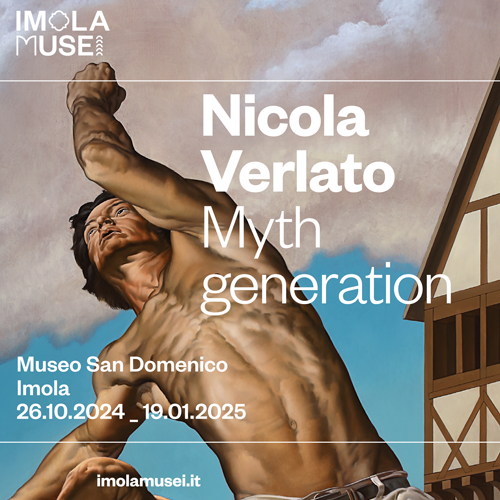Milan, Science Museum's Upper Room reopens, a testament to Lombard baroque in the religious sphere
From November 15, 2023, after a major restoration, the Upper Room of the Leonardo da Vinci National Museum of Science and Technology in Milan will reopen to the public. This is theformer refectory of the monumental complex of the 16th-century Olivetan Monastery of San Vittore, where the Museum has been located since 1953; the room was built between 1709 and 1712 when the Monastery was enlarged.
Thanks to the work carried out on the frescoes and stuccoes, it is once again possible to admire in its original beauty one of the few remaining examples in Milan of Lombard baroque in the religious sphere: the back wall houses the large fresco of the Wedding at Cana by Pietro Gilardi, while the lowered vault and side walls present a series of articulated architectural quadratures, with flowers, fruit and festoons, and monochrome biblical scenes from the Old Testament.
The restoration was made possible with the generous contribution of Fimesa and the Sordi family, in memory of Roberto and Silvio Preti. Through an intervention of consolidation, cleaning and pictorial integration, therefore, the possibility of appreciating the rich decoration of one of the museum’s most evocative places has been restored, bringing to light the colors and gilding that time and historical events had altered. The restoration work was also an opportunity to put to good use and integrate the data from the previous campaign of diagnostic investigations promoted by the Superintendency, so as to draw new information around the processes of degradation and the original constituent materials, and to historically analyze the outcomes of the intervention undertaken in 1952, when the monumental complex was readapted to house the Museum.
The evidence that emerged in the course of the restoration work complements that of the research around the artistic and architectural history of the Hall, undertaken on this occasion for the first time in a systematic way from archival and documentary sources thanks to the collaboration with art historian Stefano Bruzzese. This opens up the possibility of a more precise attribution of the works by Pietro Gilardi and Castellino, a clarification of the unique iconographic program and a better contextualization of the ancient refectory within the cultural ferment animating the city and Lombard panorama at the beginning of the 18th century.
With the restoration, a new lighting system was also created with Erco to enhance the beauty of the frescoes and adapt to the different uses of the hall, from conferences to concerts and guided tours.
“The fascinating and large environment of the ancient Refectory of the Olivetani Monastery of San Vittore is once again being enjoyed within the circuit of the National Museum of Science and Technology thanks to the recent and challenging restoration work that involved its decorated interior surfaces,” said Emanuela Carpani, Superintendent of Archaeology, Fine Arts and Landscape for the Metropolitan City of Milan. “The recovery, which we owe to a patronage operation, to the expertise of the restorers involved captained by Vanda Franceschetti and Matteo Pelucchi, as well as to the scrupulous attention of the Museum’s technical staff, restored to full legibility the early 18th-century frescoes by Pietro Gilardi, the Milanese painter to whom we owe in particular the grandiose scene of the Marriage at Cana on the back wall, and by Giuseppe Antonio Castelli known as il Castellino, author of the quadratures that interpret and renew the room’s interior architecture. This solemn and airy convent space, unique in the Milan of the time, had suffered improper uses since the early 19th century, which inevitably affected the conservation of the frescoes. The paintings were compromised by gaps, water infiltration, atmospheric particulate deposits and unsuitable or now altered materials from previous restorations. Now the visitor’s gaze finally returns to read on the surfaces the range of light and bright colors, the originality of the iconography of the composition on the great wall, and also the ’minor’ scenes framed in the higher portions of the great room.”
The room will therefore return to be part of the Museum’s free tour route with hours of 9:30 a.m.-5 p.m. Tuesday through Friday and 9:30 a.m.-6:30 p.m. Saturday, Sunday and holidays, unless the space is closed for in-house events.
Photo ©Fasani
 |
| Milan, Science Museum's Upper Room reopens, a testament to Lombard baroque in the religious sphere |
Warning: the translation into English of the original Italian article was created using automatic tools. We undertake to review all articles, but we do not guarantee the total absence of inaccuracies in the translation due to the program. You can find the original by clicking on the ITA button. If you find any mistake,please contact us.





























